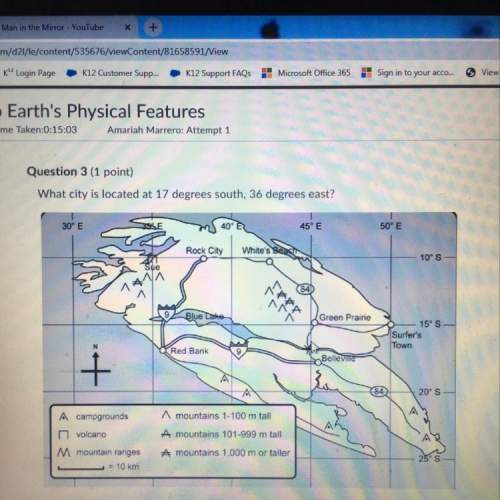
Chemistry, 03.11.2019 22:31 jasminetaylor4587
Using 25.0cm3 of aqueous lithium hydroxide, concentration 2.48mol/dm3, 2.20g of hydrated lithium sulfate was obtained. calculate the percentage yield, giving your answer to one decimal place.
2lioh h2so4 → li2so4 2h2o li2so4 h2o → li2so4.h2o
the number of moles of lioh used =
the number of moles of li2so4.h2o which could be formed =
mass of one mole of li2so4.h2o = 128 g
the maximum yield of li2so4.h2o =
percentage yield = % [4]

Answers: 1


Other questions on the subject: Chemistry

Chemistry, 22.06.2019 09:20, lanaiheart7
How have the greenhouse gasses increased from the year 2000 to 2018
Answers: 2

Chemistry, 22.06.2019 10:00, valdezlizbeth6652
Why is carbon ideal for making different compounds?
Answers: 2

Chemistry, 22.06.2019 12:00, BreBreDoeCCx
Ageochemist examines a piece of metal that he found in the soil. he performs tests to identify the metal from its density, electrical conductivity, and melting point. which statement best describes his investigation? a. he is determining physical properties that are sufficient to identify the metal. b. he is determining chemical properties that are sufficient to identify the metal. c. he is determining physical properties that are insufficient to identify the metal. d. he is determining chemical properties that are insufficient to identify the metal.
Answers: 3

Chemistry, 22.06.2019 21:50, BookandScienceNerd
Answer the questions about this reaction: nai(aq) + cl2(g) → nacl(aq) + i2(g) write the oxidation and reduction half-reactions: oxidation half-reaction: reduction half-reaction: based on the table of relative strengths of oxidizing and reducing agents (b-18), would these reactants form these products? write the balanced equation: answer options: a. 0/na -> +1/na+1e- b. nai(aq) + cl2(g) → nacl(aq) + i2(g) c. +1/na+1e- -> 0 /na d. -1/2i -> 0/i2+2e- e. no f. 4nai(aq) + cl2(g) → 4nacl(aq) + i2(g) g. 2nai(aq) + cl2(g) → 2nacl(aq) + i2(g) h. 4nai(aq) + 2cl2(g) → 4nacl(aq) + 2i2(g) i. nai(aq) + cl2(g) → nacl(aq) + i2(g) j. 0/cl2+2e -> -1/2cl- k. yes
Answers: 1
You know the right answer?
Using 25.0cm3 of aqueous lithium hydroxide, concentration 2.48mol/dm3, 2.20g of hydrated lithium sul...
Questions in other subjects:


Mathematics, 16.10.2021 23:00


Mathematics, 16.10.2021 23:00



World Languages, 16.10.2021 23:00

Mathematics, 16.10.2021 23:00






